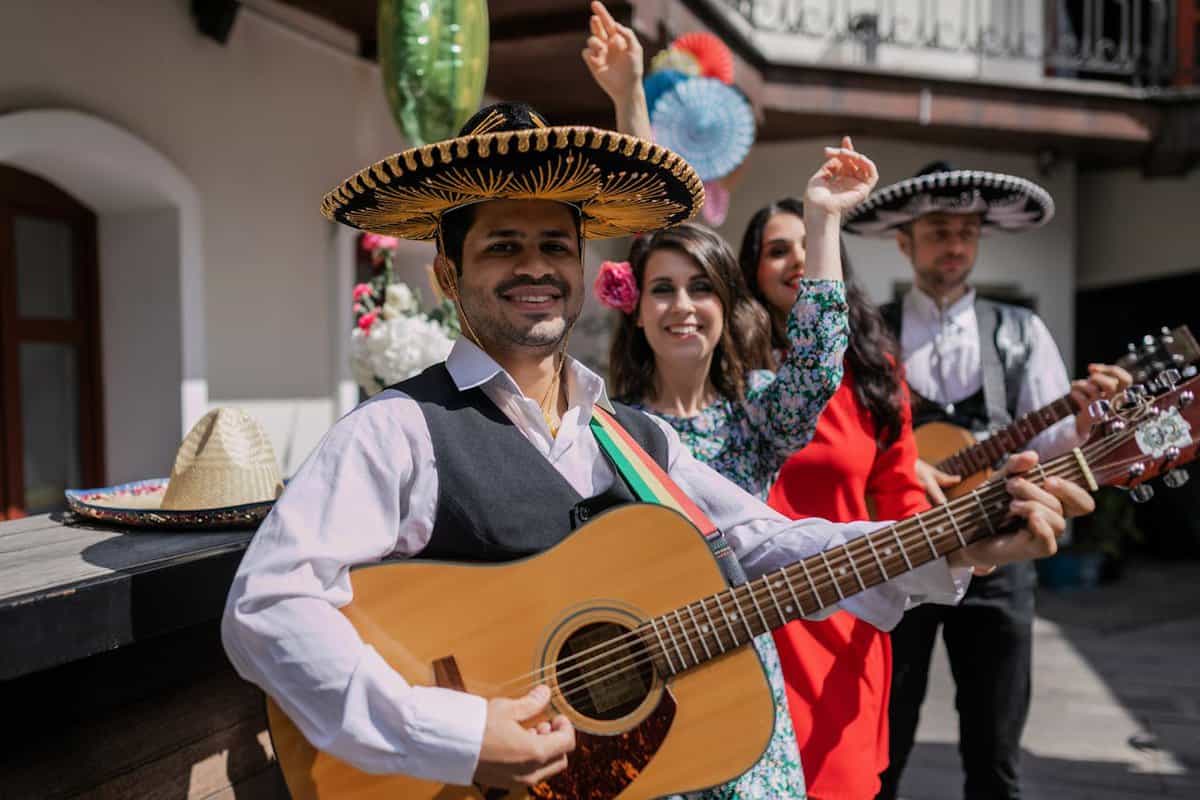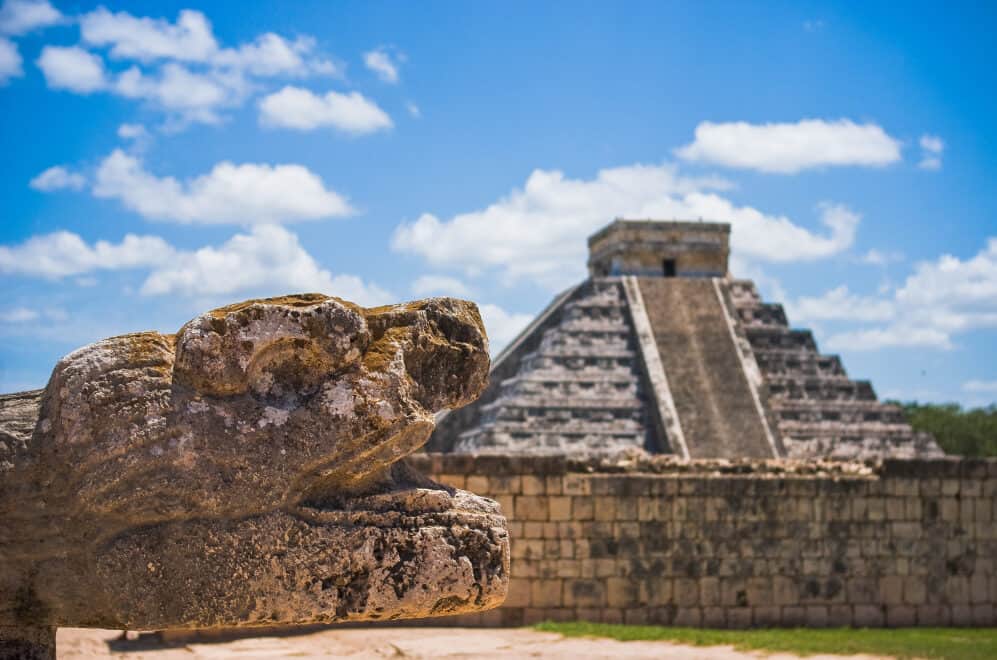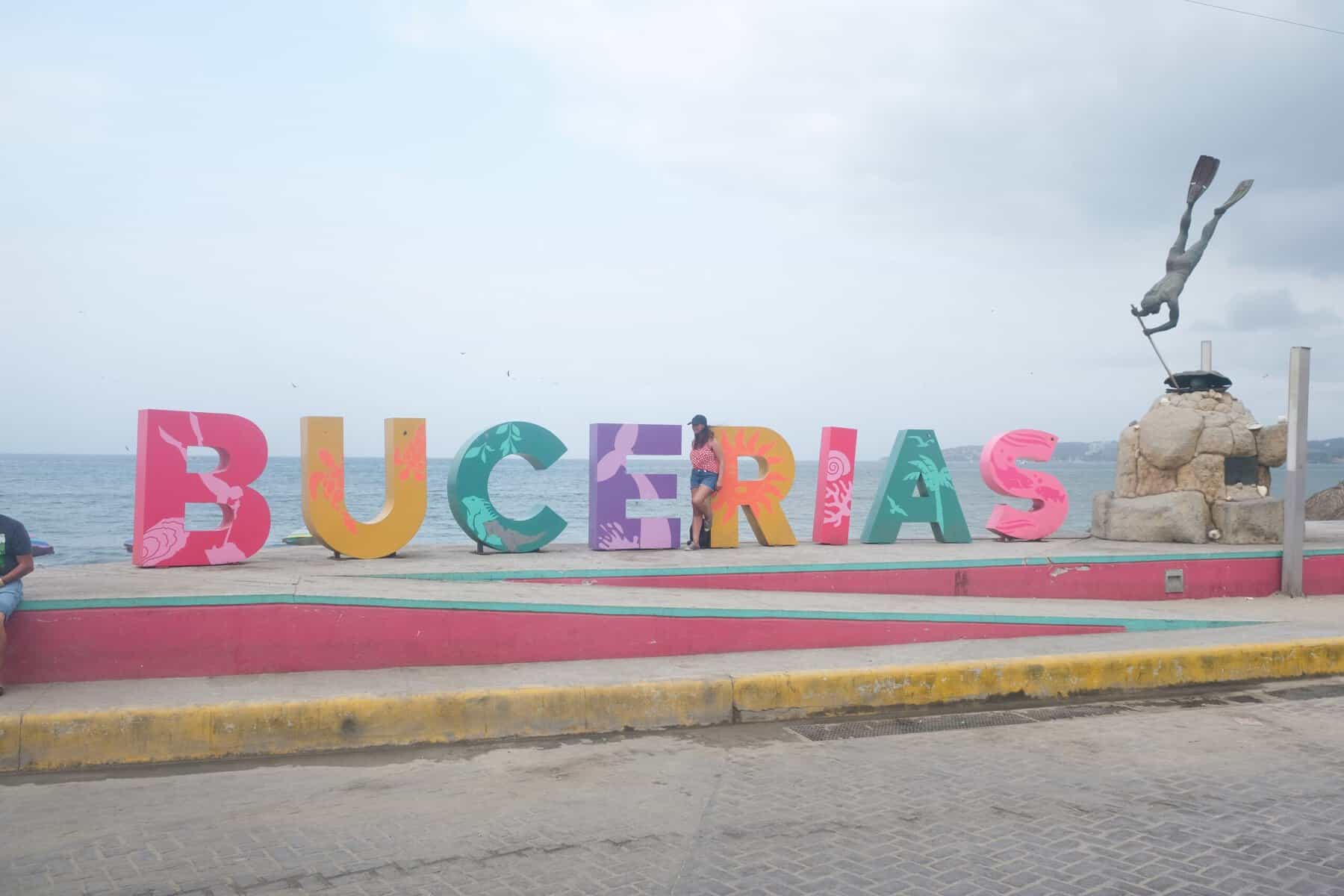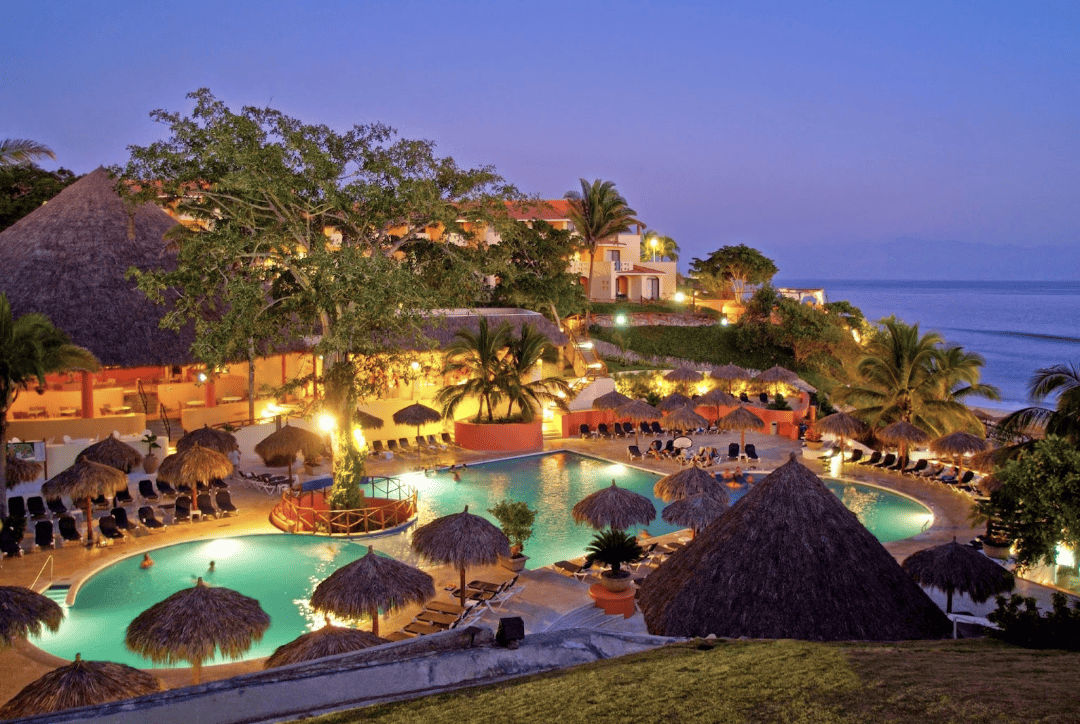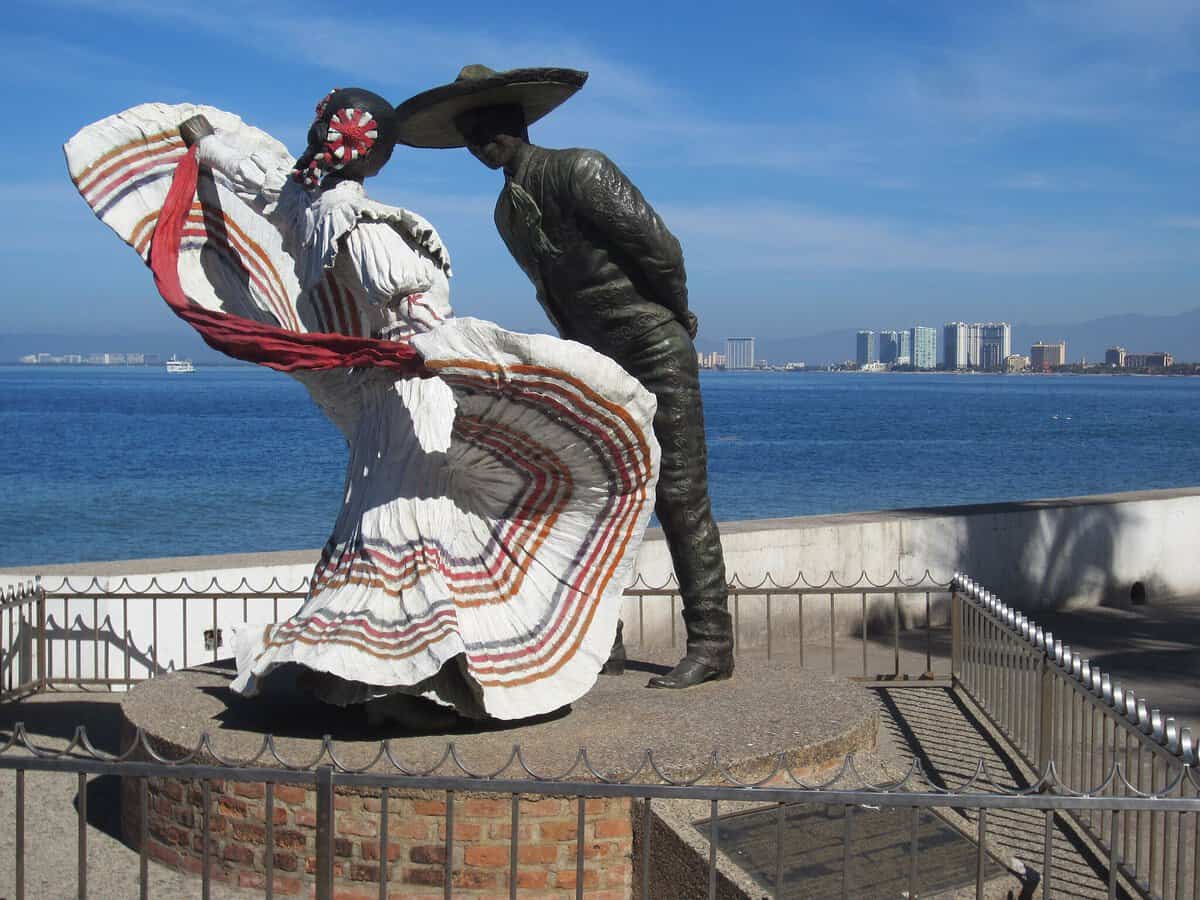Mexico
Nestled between the United States and the Pacific and Caribbean oceans, and stretching from the arid landscapes of the north to the lush jungles of the south, Mexico is a nation of contrasts. Its rich cultural heritage, from the ancient civilisations of the Aztecs and Maya to the traditions of its modern-day inhabitants, creates a portrait of diversity. With picturesque coastlines, charming colonial towns, and bustling metropolises, Mexico stands as a testament to the harmonious blend of the old and the new.
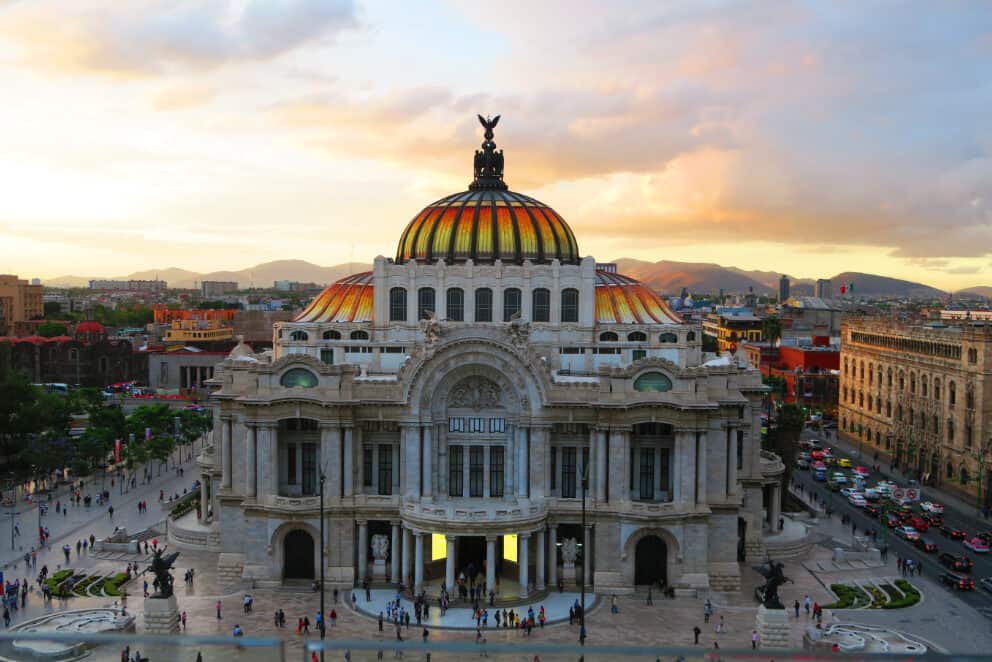
Whether you delve in the sun-kissed beaches of Cancun, navigate the bustling streets of Mexico City or hop from one paradise island to another in Puerto Vallarta, you are guaranteed a good time ucovering all the hidden gems in this amazing country.
THINGS TO SEE AND DO IN Mexico
Practical information
Accommodation – Whether you seek luxury, local experiences, or budget-friendly options, Mexico offers a diverse range of accommodations to suit every traveller’s taste and budget. Stay in all-inclusive resorts if you want hassle-free holidays, top-notch amenities, out of this world pools, spa services, and panoramic views.
If you want a blend of luxury and authenticity, opt for smaller boutique hotels, they tend to be in historic districts and have their own unique charm and personalized service.
For a local Immersion, stay in a cozy Airbnb or rental house, living in residential neighbourhoods and interacting with locals offers a more authentic experience.
Budget travellers will find plenty of friendly hostels and affordable hotels, which are perfect for connecting with fellow travellers.
Food –Mexican cuisine is a feast for the senses, and if you haven’t had a chance to try it before your trip to Mexico, prepare to become a convert by the time you leave!
Explore the world of tacos, each region boasts its own unique twist on this Mexican staple.
Indulge in the rich and complex flavors of mole, a sauce made from a blend of chili peppers, spices and chocolate.
Savor the freshness of guacamole, often made from scratch at your table and delight in enchiladas, tortillas filled with meat, cheese, or beans, and topped with savory sauces like verde (green) or roja (red).
Transportation – Mexico offers a variety of efficient and cost-effective transportation options, allowing you to tailor your journey to your preferences and chosen experiences. Travelling around the country by bus is very common as the network is extensive, comfortable and affordable. Long-distance buses often provide amenities like Wi-Fi and reclining seats which are great for travelling long-distances.
Domestic flights save time on long journeys between major cities. Mexico has well-connected airports, and budget airlines offer competitive fares.
Rental cars offer flexibility but you must book in advance to secure better rates, especially during peak travel seasons. Make sure you are familiar with insurance options and road conditions and driving etiquette.
Uber is available in most major cities. I used it to move around Puerto Vallarta and found it safe and reliable.
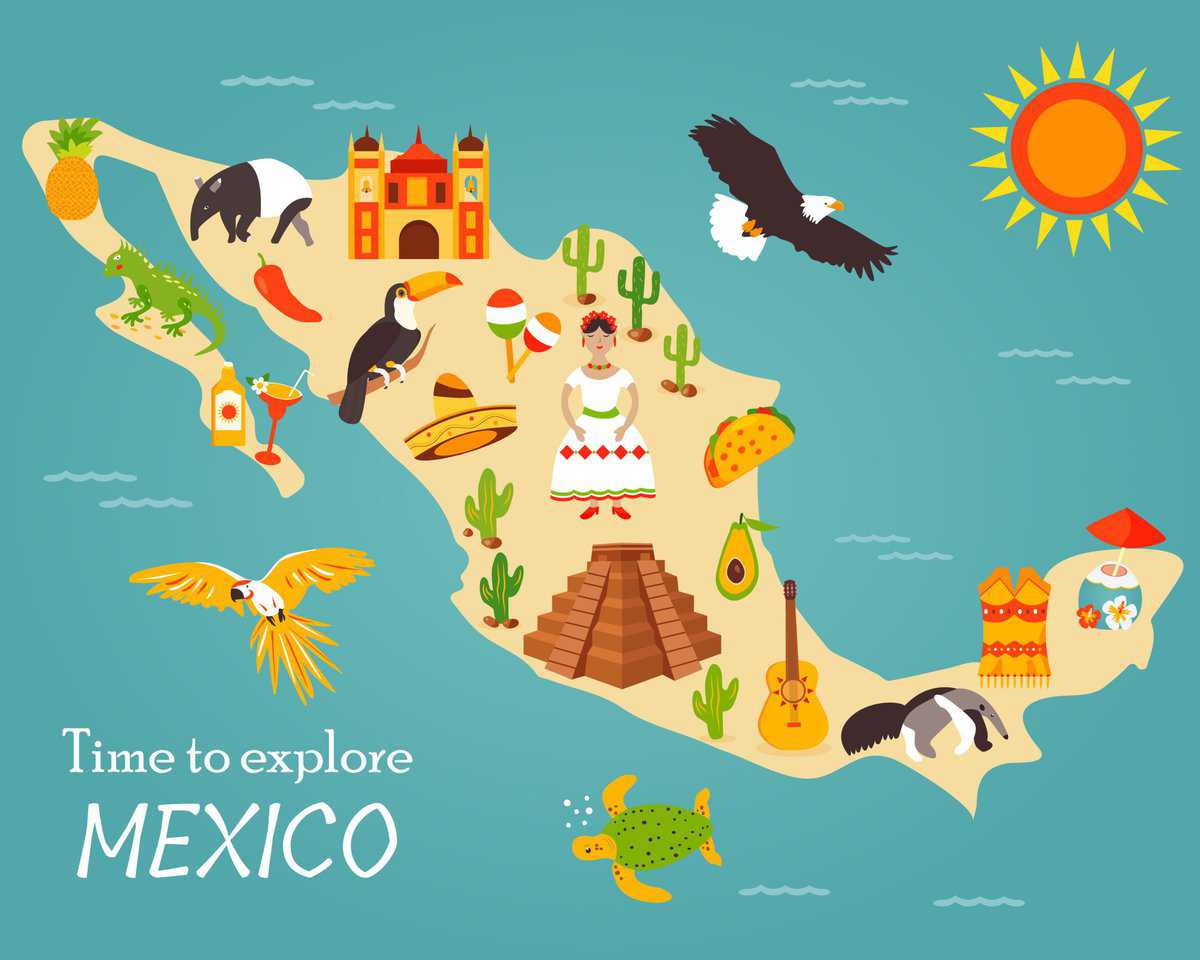
Suggested daily budget – 50-60 EUR / 52-62 USD (Note: This is a suggested budget assuming you’re staying in a hostel, eating out a little, cooking most of your meals, and using local transportation. Using the budget tips below, you can always lower this number. However, if you stay in fancier accommodation or eat out more often, expect this to be higher!)
Currency– The official currency of Mexico is the Mexican Peso, abbreviated as MXN or represented by the symbol “$”. Banknotes and coins of various denominations are used for everyday transactions. Note that while some businesses in tourist areas may accept U.S. dollars, especially in popular destinations, using Mexican Pesos is generally recommended for a more favourable exchange rate. Currency exchange services are widely available at airports, banks, exchange offices, and some hotels. Credit and debit cards are also commonly accepted in urban areas and tourist destinations, but it’s advisable to carry some cash, particularly in more remote locations or when dealing with smaller vendors.
Visas and entry requirements– Citizens of many countries, including the United States, United Kingdom, Canada, the European Union, and many others, do not need a visa for stays of up to 180 days. However, the specific duration allowed may vary based on your nationality so always check at your local consulate before booking your trip.
Language–The official language of Mexico is Spanish, which is spoken by the majority of the population. However, due to the country’s cultural diversity, you may also encounter indigenous languages spoken by various communities, such as Nahuatl, Maya, Zapotec, Mixtec, and others.
In tourist areas and major cities, English is commonly understood, especially in hotels, restaurants, and attractions. Still, it’s helpful to learn a few basic Spanish phrases to enhance your travel experience and communicate with locals, especially in more rural or less touristy areas.
Climate– The coastal regions, especially along the Gulf of Mexico and the Caribbean, experience a tropical climate. This includes places like Cancun and the Yucatan Peninsula. Expect warm temperatures throughout the year with a distinct wet season, typically from June to October.
Central and inland areas, including Mexico City and Guadalajara, have a more temperate climate. Winters can be mild, and summers are generally warm. Altitude plays a role in the temperature variation, with cooler temperatures at higher elevations.
The north of Mexico, including parts of Baja California and Sonora, features a desert climate. Expect hot temperatures during the day and cooler nights, with minimal rainfall.
The central mountainous regions, including the Sierra Madre Occidental and Sierra Madre Oriental, experience cooler temperatures, especially at higher elevations. Mexico’s highest peaks, like Pico de Orizaba and Popocatepetl, can have snow at their summits.
The western coastal areas, such as Puerto Vallarta and Acapulco, often have a tropical or subtropical climate with warm temperatures. The Pacific side tends to experience higher humidity levels.
RELATED ARTICLES
post a comment cancel reply
This site uses Akismet to reduce spam. Learn how your comment data is processed.


